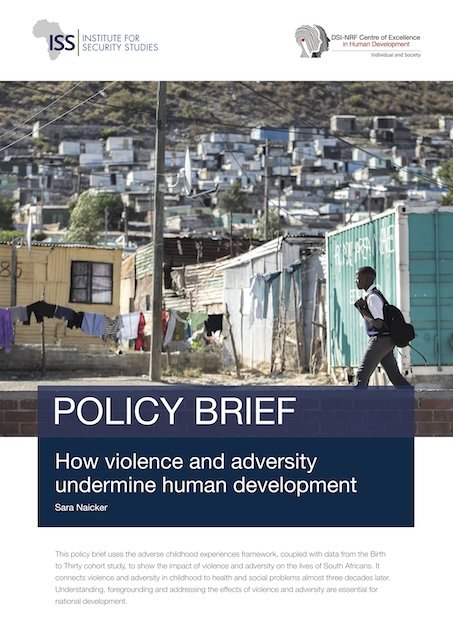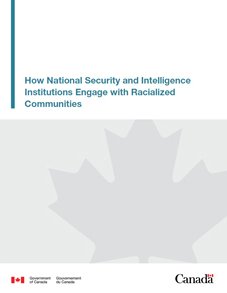By Chris O'Leary, Rob Ralphs, Jennifer Stevenson, Andrew Smith, Jordan Harrison, Zsolt Kiss, Harry Armitage
Background
Homelessness is a traumatic experience, and can have a devastating effect on those experiencing it. People who are homeless often face significant barriers when accessing public services, and have often experienced adverse childhood events, extreme social disadvantage, physical, emotional and sexual abuse, neglect, low self-esteem, poor physical and mental health, and much lower life expectancy compared to the general population. Rates of problematic substance use are disproportionately high, with many using drugs and alcohol to deal with the stress of living on the street, to keep warm, or to block out memories of previous abuse or trauma. Substance dependency can also create barriers to successful transition to stable housing.
Objectives
To understand the effectiveness of different substance use interventions for adults experiencing homelessness.
Search Methods
The primary source of studies for was the 4th edition of the Homelessness Effectiveness Studies Evidence and Gaps Maps (EGM). Searches for the EGM were completed in September 2021. Other potential studies were identified through a call for grey evidence, hand-searching key journals, and unpacking relevant systematic reviews.
Selection Criteria
Eligible studies were impact evaluations that involved some comparison group. We included studies that tested the effectiveness of substance use interventions, and measured substance use outcomes, for adults experiencing homelessness in high income countries.
Data Collection and Analysis
Descriptive characteristics and statistical information in included studies were coded and checked by at least two members of the review team. Studies selected for the review were assessed for confidence in the findings. Standardised effect sizes were calculated and, if a study did not provide sufficient raw data for the calculation of an effect size, author(s) were contacted to obtain these data. We used random-effects meta-analysis and robust-variance estimation procedures to synthesise effect sizes. If a study included multiple effects, we carried out a critical assessment to determine (even if only theoretically) whether the effects are likely to be dependent. Where dependent effects were identified, we used robust variance estimation to determine whether we can account for these. Where effect sizes were converted from a binary to continuous measure (or vice versa), we undertook a sensitivity analysis by running an additional analysis with these studies omitted. We also assessed the sensitivity of results to inclusion of non-randomised studies and studies classified as low confidence in findings. All included an assessment of statistical heterogeneity. Finally, we undertook analysis to assess whether publication bias was likely to be a factor in our findings. For those studies that we were unable to include in meta-analysis, we have provided a narrative synthesis of the study and its findings.
Main Results
We included 48 individual papers covering 34 unique studies. The studies covered 15, 255 participants, with all but one of the studies being from the United States and Canada. Most papers were rated as low confidence (n = 25, or 52%). By far the most common reason for studies being rated as low confidence was high rates of attrition and/or differential attrition of study participants, that fell below the What Works Clearinghouse liberal attrition standard. Eleven of the included studies were rated as medium confidence and 12 studies as high confidence. The interventions included in our analysis were more effective in reducing substance use than treatment as usual, with an overall effect size of –0.11 SD (95% confidence interval [CI], −0.27, 0.05). There was substantial heterogeneity across studies, and the results were sensitive to the removal of low confidence studies (−0.21 SD, 95% CI [−0.59, 0.17] − 6 studies, 17 effect sizes), the removal of quasi-experimental studies (−0.14 SD, 95% CI [−0.30, 0.02] − 14 studies, 41 effect sizes) and the removal of studies where an effect size had been converted from a binary to a continuous outcome (−0.08 SD, 95% CI [−0.31, 0.15] − 10 studies, 31 effect sizes). This suggests that the findings are sensitive to the inclusion of lower quality studies, although unusually the average effect increases when we removed low confidence studies. The average effect for abstinence-based interventions compared to treatment-as-usual (TAU) service provision was –0.28 SD (95% CI, −0.65, 0.09) (6 studies, 15 effect sizes), and for harm reduction interventions compared to a TAU service provision is close to 0 at 0.03 SD (95% CI, −0.08, 0.14) (9 studies, 30 effect sizes). The confidence intervals for both estimates are wide and crossing zero. For both, the comparison groups are primarily abstinence-based, with the exception of two studies where the comparison group condition was unclear. We found that both Assertative Community Treatment and Intensive Case Management were no better than treatment as usual, with average effect on substance use of 0.03 SD, 95% CI [−0.07, 0.13] and –0.47 SD, 95% CI [−0.72, −0.21] 0.05 SD, 95% CI [−0.28, 0.39] respectively. These findings are consistent with wider research, and it is important to note that we only examined the effect on substance use outcomes (these interventions can be effective in terms of other outcomes). We found that CM interventions can be effective in reducing substance use compared to treatment as usual, with an average effect of –0.47 SD, 95% CI (−0.72, −0.21). All of these results need to be considered in light of the quality of the underlying evidence. There were six further interventions where we undertook narrative synthesis. These syntheses suggest that Group Work, Harm Reduction Psychotherapy, and Therapeutic Communities are effective in reducing substance use, with mixed results found for Motivational Interviewing and Talking Therapies (including Cognitive Behavioural Therapy). The narrative synthesis suggested that Residential Rehabilitation was no better than treatment as usual in terms of reducing substance use for our population of interest.
Authors' Conclusions
Although our analysis of harm reduction versus treatment as usual, abstinence versus treatment as usual, and harm reduction versus abstinence suggests that these different approaches make little real difference to the outcomes achieved in comparison to treatment as usual. The findings suggest that some individual interventions are more effective than others. The overall low quality of the primary studies suggests that further primary impact research could be beneficial.
Campbell Systematic Reviews, Volume 20, Issue , June 2024, 65 pages





















